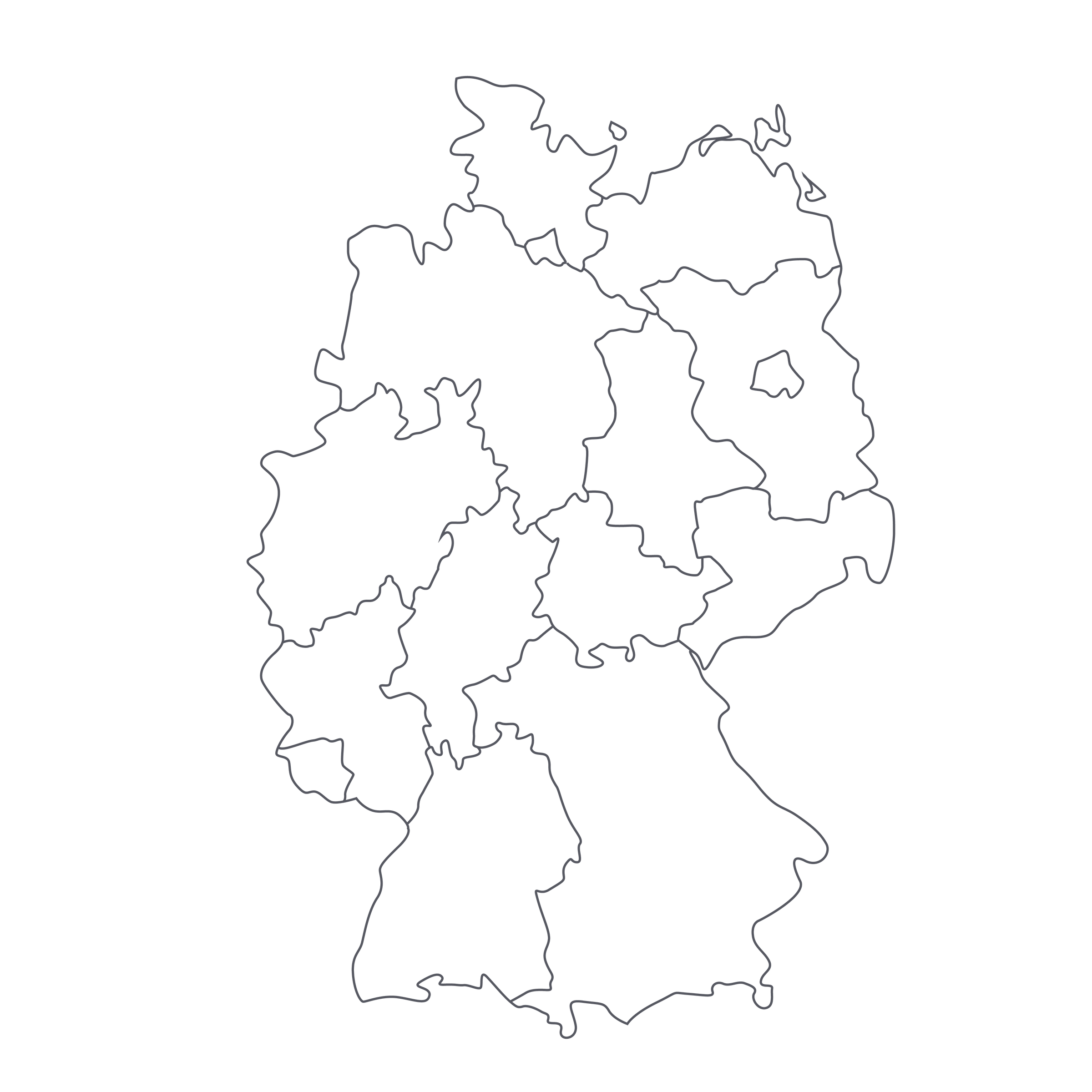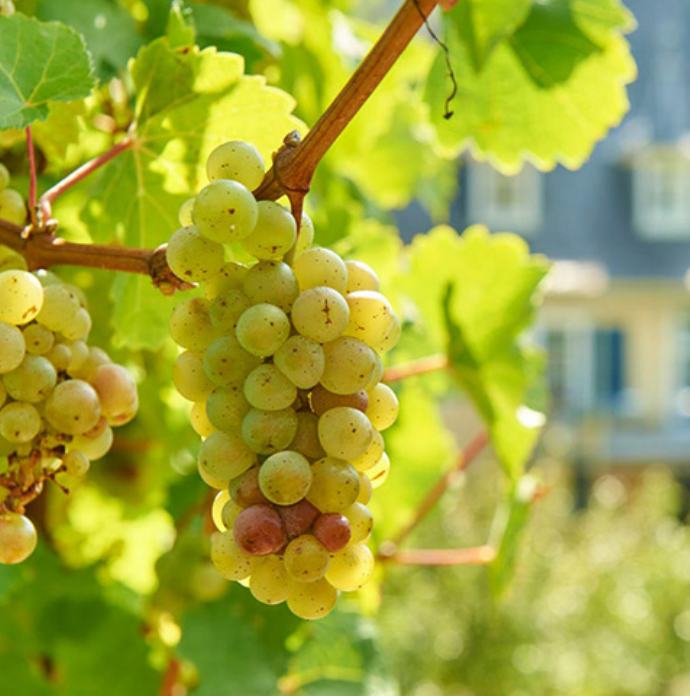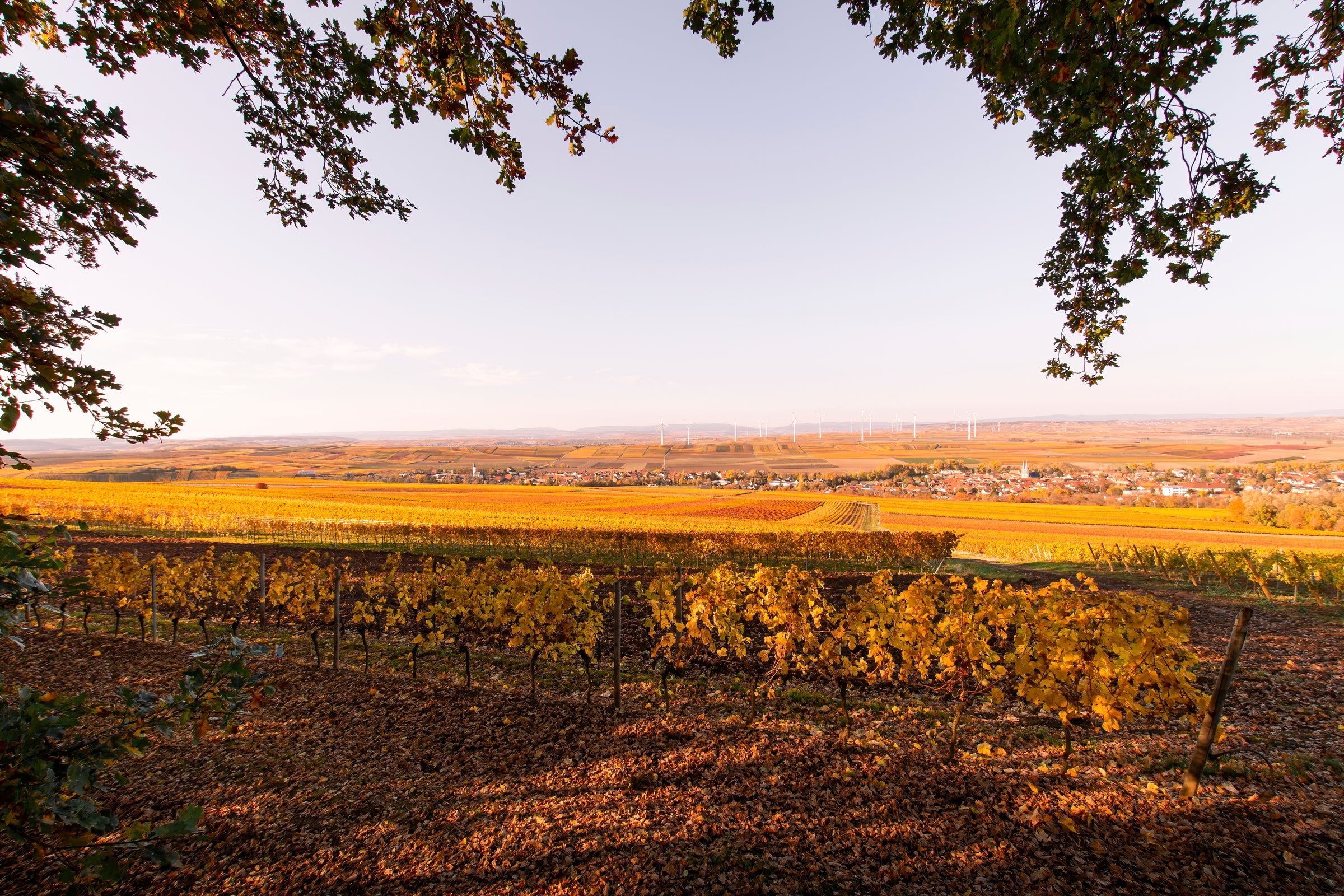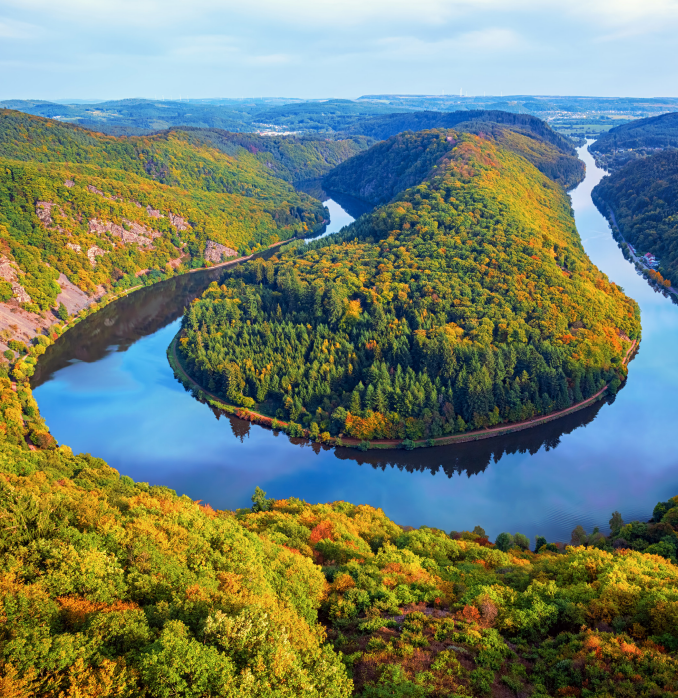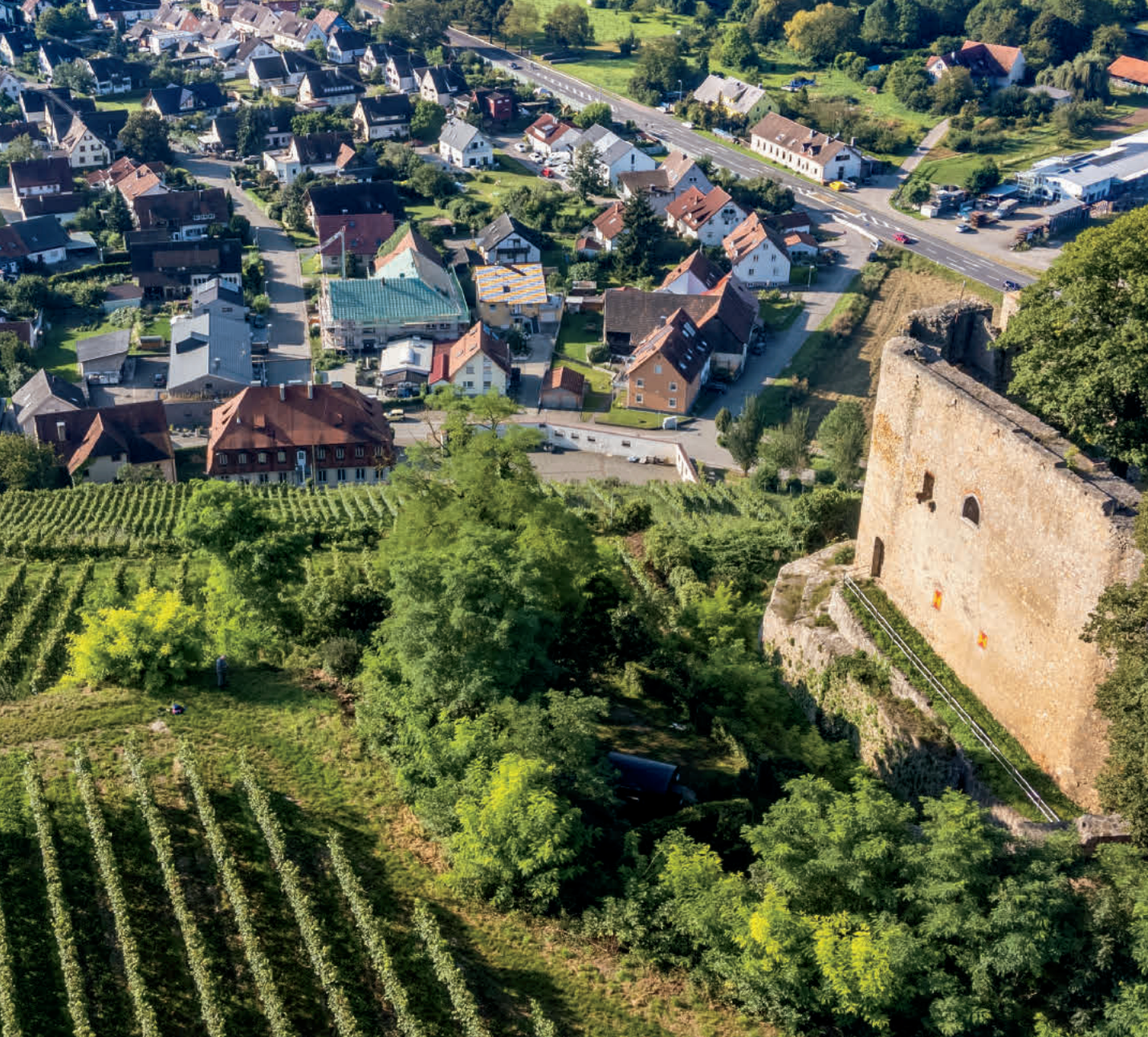During a trip to Germany last year, I did quite a bit of buying—enough to make our accountant nervous, in fact. But I told her what I’ll tell you: When a wine is this good at this price, you simply must grab some, even if you already have similar items in your possession.
It’s kind of like when a basketball team drafts a point guard when they already have a point guard, because the point guard they’re drafting happens to be the “best player on the board.” Quality, in the end, wins—and I am so glad we found some room in our warehouse for today’s Riesling from the impeccable Weingut August Eser. I was surprised to learn that the Eser wines had minimal presence in the US: Their collection of top vineyard parcels across the Rheingau region is second to none, and there’s no shortage of critical praise for the wines in European magazines such as
Falstaff and
Gault & Millau. When I first tasted the wines, I had one thrilling Riesling after another, all of them delivering the kind of quality-for-dollar that makes German Riesling perhaps the best white wine value in the world. Crafted in the slightly off-dry
feinherb style, today’s 2016 from the high-altitude vineyards of Rauenthal offers up Riesling’s magical balance of concentrated fruit, racy acid, and barely perceptible sweetness. I’ll never tire of Rieslings like this because it’s impossible to tire of something so electric and energizing—this is fine wine’s answer to energy drinks. And the food-pairing options? Endless. You should always have a case of Riesling just like this in your cellar!
The Eser family cellar is in the town of Oestrich-Winkel, which, together with Hattenheim and Erbach, is the historical heart of the Rheingau growing zone. Running along the banks of the Rhine, at a bend in the river where it runs east-west rather than south-north, the Rheingau’s vineyards mostly face south/southeast, with mostly gentle grades that allow them to soak up plenty of sunlight. Rheingau Rieslings are some of Germany’s most powerful expressions of the variety, which dominates plantings in the region: Of the Rheingau’s 3,000 or so hectares of vineyards, 84% are planted to Riesling. In terms of prestige, it’s right up there with the Mosel when it comes to top-tier Riesling bottlings.
Overall, the Esers farm 17 different vineyard sites across eight Rheingau villages. Rauenthal is one of these, situated at the eastern, or “upper,” end of the appellation. The vineyards in Rauenthal are at slightly higher elevations and feature some of the steepest grades in the zone, with soils that mix silt (loess), slate, and loam. Both the Eser vineyards in Rauenthal are classified as Erste Lage (the German equivalent of Premier Cru), and you can feel the depth and mineral intensity in this wine: Impressive to say the least for $22!
“Feinherb” is one of the many German wine-classification terms used to describe a wine’s sweetness level (in this case ‘semi-dry,’ roughly equivalent to halbtrocken). It’s an “unregulated” term in a country with perhaps an over-abundance of terminology, but is generally agreed to refer to wines at or slightly above the halbtrocken designation, which allows for no more than 18 grams/liter of residual sugar (trocken, or fully dry, Rieslings are defined by German law as containing no more than nine grams/liter of residual sugar, so this wine from Eser, at 15.7 grams/liter, has only the slightest sweetness).
It’s an exceptionally pleasant and balanced sweetness, quickly cleaned up by a crashing wave of vibrant acidity. Fermented in large wood barrels and finished in steel tanks, this 2016 will respond well to a quick decanting before serving in all-purpose white wine stems (or Riesling glasses, of course) at 45-50 degrees. It displays a bright straw-yellow core with flashes of green and silver at the rim, with an expressive nose of white peach, green mango, citrus blossoms, crushed stones, wild herbs, and petrol. Medium-plus in body and richly textured on the palate, it nevertheless finishes with a mouthwatering jolt of citrusy acidity—walking that Riesling tightrope perfectly and bringing all sorts of possible food-pairing possibilities to mind. With that hint of sweetness, low alcohol, and zippy acidity, this wine is the ultimate chameleon at the table and one of the best options out there for spicier foods. Just as I never tire of well-calibrated, well-priced Riesling, I never tire of pairing it with Asian food, especially Thai: Whatever your spice tolerance level, adjust the attached crab fried rice recipe accordingly and let this wine strut its stuff. It’s a knockout value!


